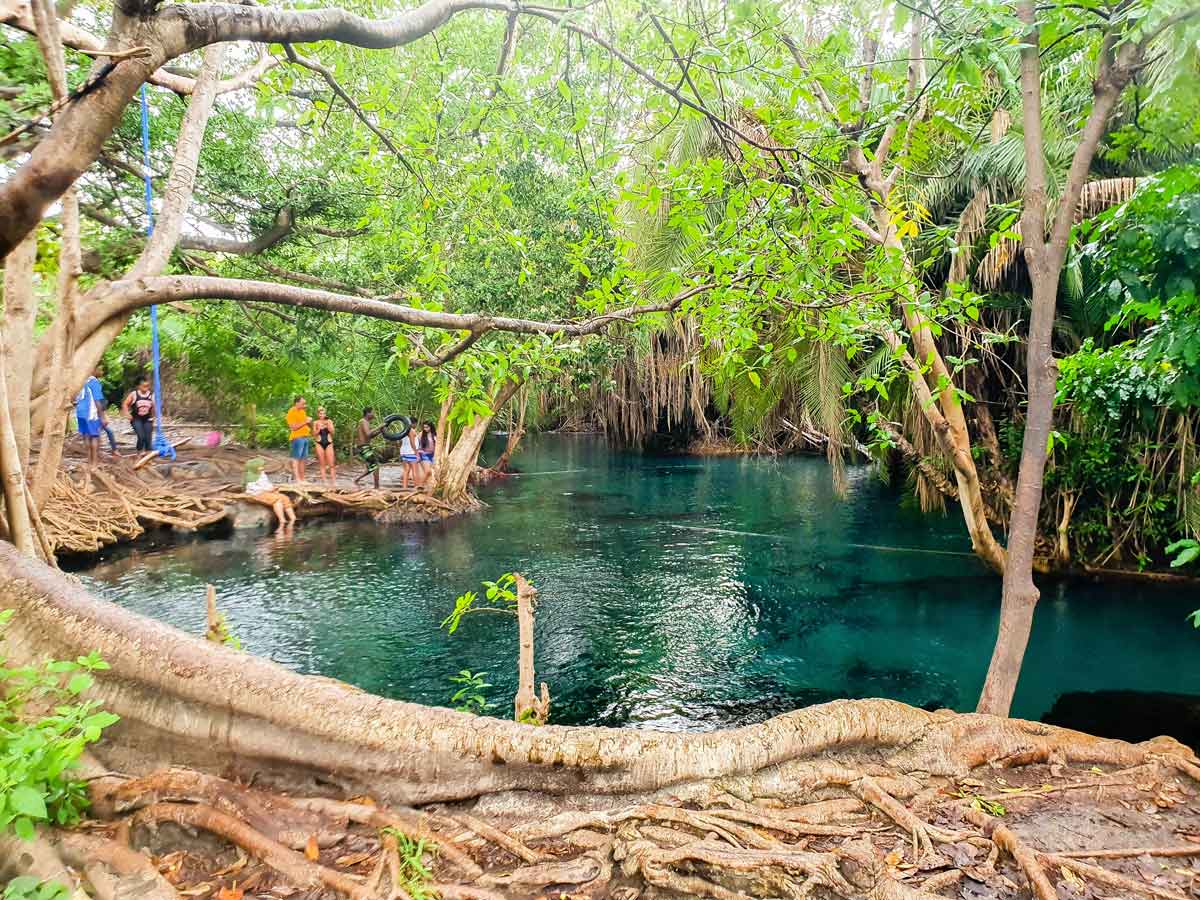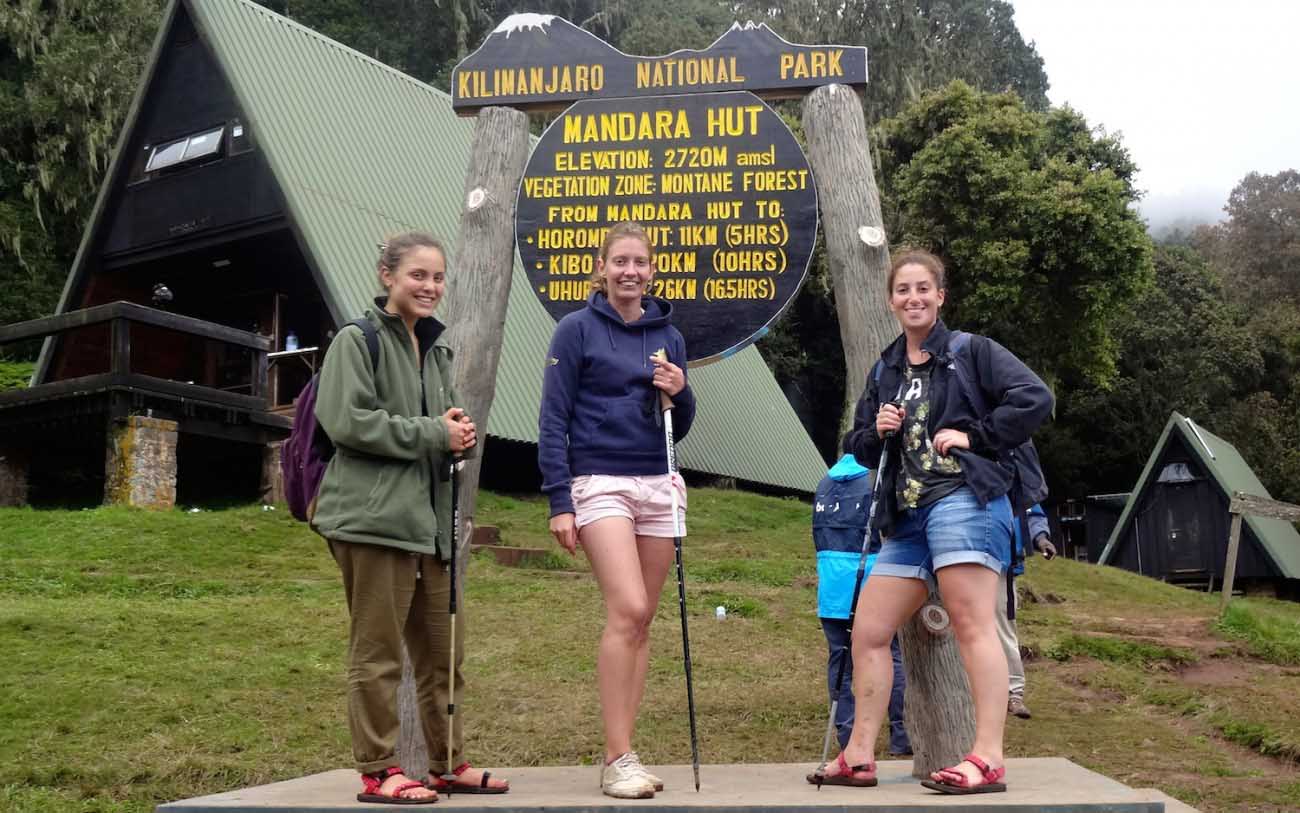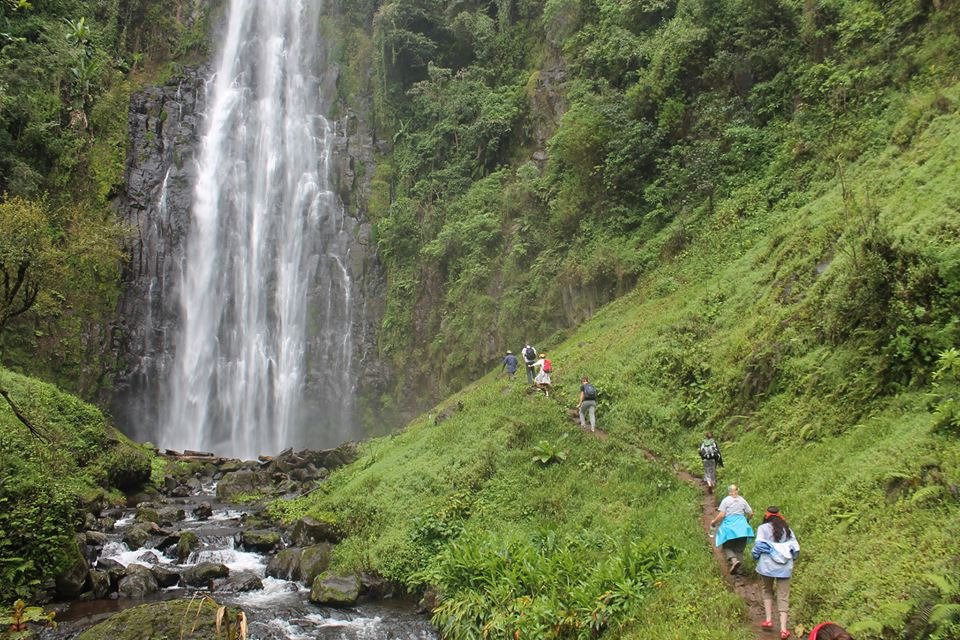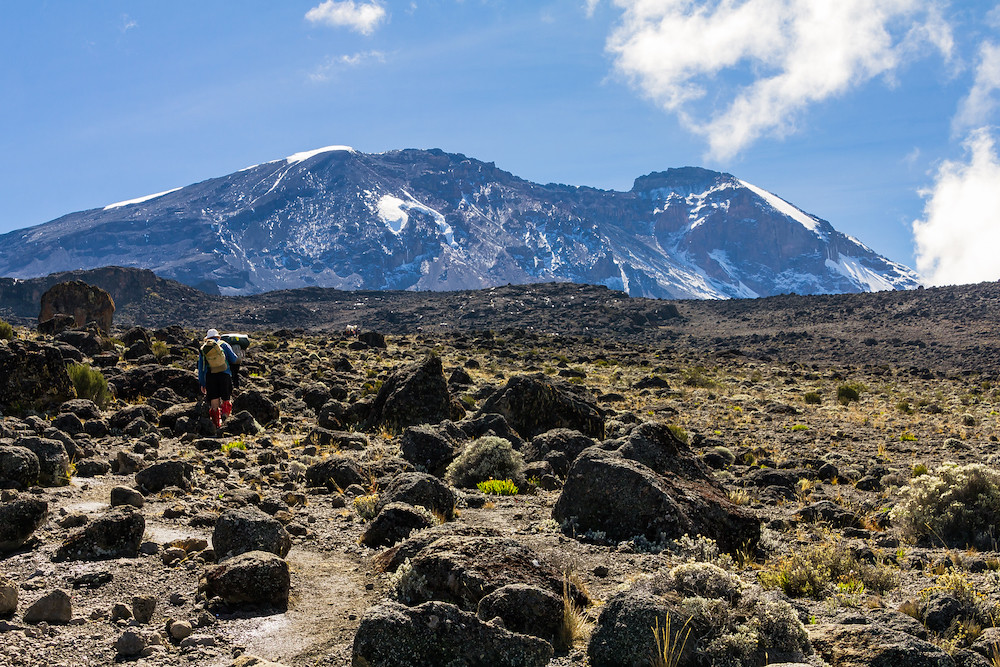Moshi Town – Where Kilimanjaro Whispers and Adventure Awaits
Nestled at the foot of Africa’s crown jewel, Mount Kilimanjaro, lies Moshi, a vibrant Tanzanian town pulsating with the rhythm of adventure. More than just a gateway to the iconic peak, Moshi is a cultural tapestry woven with rich history, breathtaking scenery, and the warm spirit of the Chagga people.
History
During German colonial rule in the late nineteenth century, Moshi gained prominence as a military encampment. The extension of the railway line in 1912 turned Moshi into a significant trading post for the prized coffee from the volcanic plains. After World War I and the shift from German to British colonial rule, Moshi attracted a migrant Indian population that contributed to the development of businesses and industries. Formally designated as a town in 1956, Moshi continued to grow post-independence in 1961, with a population exceeding 100,000. While the coffee trade declined, industries like TPC Limited, Serengeti Breweries, and Bonite Bottlers have become dominant.
The Chagga people originated from diverse Bantu communities that moved from different parts of Africa to the base of Mount Kilimanjaro. This migration commenced around the early eleventh century. Despite being Bantu speakers, the Chagga language exhibits several dialects that share connections with Kamba, spoken in northeast Kenya, as well as other languages in the eastern region.
Culture
The Chagga, renowned for their coffee cultivation and strong community bonds, have called the slopes of Kilimanjaro home for centuries. Their influence permeates Moshi’s streets, from the vibrant markets brimming with locally grown produce to the captivating dances. Experience the warmth of Chagga culture by visiting a Chagga homestead. Immerse yourself in their traditions, particularly exploring the intricacies of their traditional farming methods. Take the opportunity to savor a cup of their globally acclaimed coffee, gaining firsthand insight into the rich agricultural practices that have made the Chagga renowned for their Arabica coffee exports.
Traditionally, the Chagga region is subdivided into multiple chiefdoms, and the Chagga share cultural ties with the Pare, Taveta, and Taita peoples. The Chagga community adheres to a patrilineal system for both descent and inheritance. Their lifestyle revolves predominantly around agriculture, utilizing terraced fields and oxen manure for irrigation. While bananas serve as their main dietary staple, they also cultivate a variety of crops, including yams, beans, and maize. Notably, the Chagga are renowned for their Arabica coffee in the agricultural export sector, with this coffee variety being a major cash crop shipped to American and European markets.
In Chagga culture, greetings play a crucial role, varying by the time of day. Respecting elders is essential, reflecting the belief that seniority indicates closer ties to ancestors. Social interactions follow specific norms, emphasizing respect, non-hostility, or maintaining distance. Newlywed women, as a sign of respect and distance, cover their heads and squat in the presence of their father-in-law. Public displays of affection between genders are deemed inappropriate, aligning with traditional gender segregation. The Chagga are renowned for their traditional brew, mbege, crafted from a special banana variety and millet.
Weather
The weather of Moshi, like its people, is warm and inviting. With average temperatures around 25°C (77°F) throughout the year, Moshi becomes a perennial destination for those yearning for sun-kissed days. Whether you’re trekking Kilimanjaro’s slopes or exploring a local market, the radiant sunshine accompanies you, adding a golden touch to your experiences.
Moshi sustains an agreeable temperature throughout all seasons, with nuanced variations that contribute to its delightful appeal.
Dry Season (June to October):
Experience crystal-clear skies during this season, ideal for captivating stargazing adventures with Kilimanjaro as the backdrop. Picture the Milky Way ablaze with a million stars, each one narrating tales of ancient constellations.
Short Rain Season (November to February):
Nature’s paintbrush springs to life, transforming the landscape into a lush wonderland. Hillsides overflow with vibrant greenery, waterfalls cascade with newfound vigor, and the town is adorned in a riot of colorful blooms.
Wet Season (March to May):
Witness dramatic cloudscapes as occasional downpours awaken the senses and rejuvenate the earth. Envision the air filled with the refreshing scent of petrichor, cleansing away dust and leaving behind a profound sense of renewal.
Time Zone
Moshi, Tanzania, operates on East Africa Time (EAT), which is UTC+3. Here’s a comparison of Moshi’s time zone with that of New York, Hong Kong, Beijing, and London:
Moshi, Tanzania (UTC+3): Moshi is 3 hours ahead of Coordinated Universal Time (UTC+3).
New York, USA (UTC-5 or UTC-4 during daylight saving time): New York is typically 8 hours behind Moshi, but during daylight saving time, the difference becomes 7 hours.
Hong Kong (UTC+8): Hong Kong is 5 hours ahead of Moshi.
Beijing, China (UTC+8): Beijing also operates on China Standard Time (CST), which is 5 hours ahead of Moshi.
London, United Kingdom (UTC or UTC+1 during daylight saving time): London is usually 2 hours behind Moshi, but during daylight saving time, the difference becomes 3 hours.
New Yorkers: If you’re planning a morning call to your friend in Moshi, remember it’s already lunch hour there! Avoid the awkward wake-up call and schedule your conversations for their afternoon or your evening.
Hong Kong and Beijing: Sharing the same time zone as Moshi offers seamless communication possibilities. No matter the hour, you can connect with your Tanzanian colleagues without worrying about scheduling headaches.
Londoners: Catching up with your Moshi buddy? Take advantage of the 3-hour time difference! While they’re basking in the morning sun, you can enjoy a post-work evening chat before hitting the hay.
How to get to Moshi?
- By Air:
Kilimanjaro International Airport (JRO): Your gateway to Moshi is the Kilimanjaro International Airport. Numerous international airlines operate flights to JRO, making it a convenient choice for travelers. Once at the airport, Moshi is a short and picturesque drive away.
- Ground Transportation:
Buses: From within Tanzania, buses offer a more budget-friendly option. Several companies operate routes from Arusha, Dar es Salaam, and Mwanza to Moshi.
Shuttle Buses: Several shuttle services run between Nairobi, Kenya, and Moshi. This can be a good option if you’re arriving in Kenya and want to combine your Kilimanjaro experience with a Kenyan safari. The journey takes approximately 6 hours.
Trains: The Tanzanian Railway Corporation operates a train service from Dar es Salaam to Moshi. While not the fastest option, it’s a scenic and affordable way to experience the Tanzanian countryside. The journey takes about 12 hours.
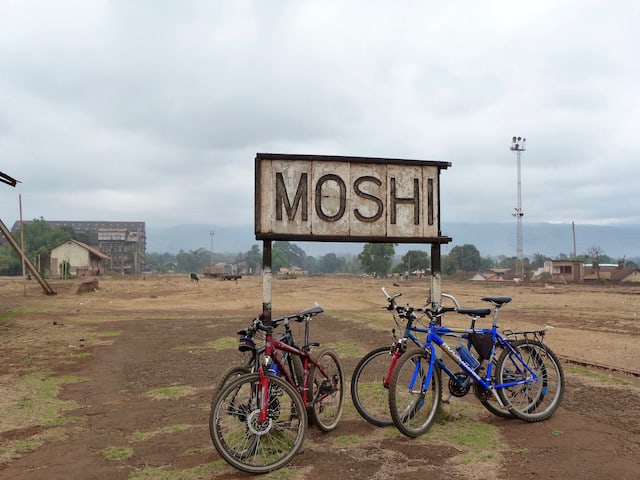 Navigating Moshi Town
Navigating Moshi Town
Moshi Business Town is quite typical of an East African market town. The main artery is Moshi-Arusha Road, which runs east-west through the center of town. This busy road is lined with shops, stalls, and businesses of all kinds, from banks and supermarkets to souvenir stores and local eateries.
Branching off from Moshi-Arusha Road are a network of smaller streets and alleys that create a maze-like effect. These smaller streets are often home to more specialized businesses, such as car repair shops, tailor shops, and woodworking workshops.
The Moshi Bus Stand is located on the eastern edge of town, and it’s a good place to start exploring if you’re new to Moshi.
Here are some of the key landmarks in Moshi Business Town:
The Moshi Bus Stand: The central transportation hub of Moshi, where you can catch buses to all parts of Tanzania.
The Askari Monument: A towering pillar that commemorates Tanzania’s independence from British rule.
Local Markets: A bustling marketplace where you can find everything from fresh produce and spices to souvenirs and handmade crafts.
Moshi Clocktower: The central clocktower in Moshi not only functions as a practical meeting point but also stands as an iconic symbol of the town.
Moshi Map
What to do in Moshi
Moshi is Beyond the Base Camp for Mountain Kilimanjaro climbers. Moshi beckons with adventures that go beyond conquering the iconic peak. From bustling markets to coffee-scented trails, hidden waterfalls to cultural immersions, Moshi’s tapestry of experiences will leave you enchanted.
Materuni Waterfalls: Hike through lush forests and coffee farms to reach the hidden gem of Materuni/Marangu Waterfalls. Plunge into the refreshing pool, feel the power of the cascading water, and soak in the breathtaking panorama. Learn about coffee traditional roasting and brewing methods, and savor the rich aroma of a freshly brewed cup in the heart of Chagga villages.
Kikuletwa Hot Springs: Let volcanic magic soothe your soul at Kikuletwa Hot Springs. Relax in naturally heated pools, embrace the healing minerals, and witness the Maasai way of life in nearby villages.
Shira Plateau Day Hike: For a taste of Kilimanjaro’s grandeur without the full trek, embark on a day hike through the lunar landscape of the Shira Plateau. Stand on the “shoulders of giants” and gaze at Kibo’s icy peak for a memory that will stay with you forever.
Wildlife Safaris: Venture into nearby Arusha National Park or Mkomazi National Park and encounter Tanzania’s diverse wildlife, from graceful giraffes and zebras to majestic lions and elephants.
Mount Meru Climb: For seasoned adventurers, tackle the challenging but rewarding climb of Mount Meru, a smaller but equally picturesque volcano offering stunning views and a taste of Kilimanjaro’s grandeur.
Cultural Exchange: Witness vibrant Chagga dances, learn Swahili phrases, and share meals with local families, experiencing the warmth and hospitality that defines Moshi’s spirit.
Moshi is a town that whispers adventures in every rustle of leaves and every burst of laughter. Come, lose yourself in its vibrant heartbeat, discover the magic beyond the mountain’s shadow, and create memories that will forever paint your soul with the colors of Tanzania

